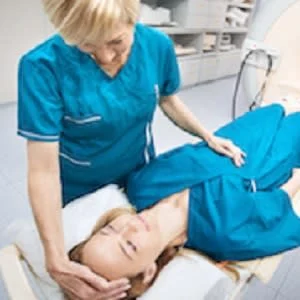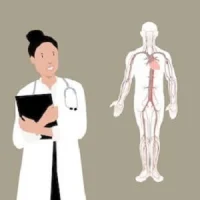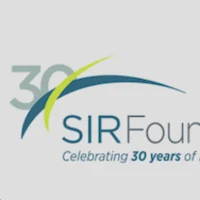Radiologists have long been considered “doctors’ doctors,” as they communicate primarily with referring physicians and other radiologists. A key reason behind this: radiologists expend much of their professional effort interpreting medical imaging examinations. They create a formal report to communicate the results of the examination with referring and other doctors.
Various initiatives have been launched aimed towards increasing direct radiologist and patient communication. These include the American College of Radiology's Imaging 3.0 and Radiological Society of North America's "Radiology Cares" initiatives. Prior work has highlighted potential patient benefits of increased communication by demonstrating patient preferences for speaking with imaging experts about the results of their imaging studies and introducing strategies to harness existing information technology resources to achieve this goal.
You may also like: Patient & family-centred care in radiology training
Equally important are the many benefits that radiologists can derive from direct communication with patients — benefits that reinforce radiologists’ roles as physicians and help reconnect them with why they pursued medicine in the first place.
Personal benefits to radiologists
Radiologists must remember that the reason they sit in dark reading rooms, staring at computer screens around the clock is to help patients. It is easy to lose sight of this central tenet of their profession if they do not get to connect with those same patients in some capacity.
Getting the privilege of spending even 15 minutes with a patient not only allows radiologists to maintain a connection with the meaning of their work but will likely impact the way in which they interpret examinations of other patients with similar conditions. Such interactions may also help prevent radiologist burnout. As noted in a recent study, some contributors to burnout in radiology include excessive workloads, lack of appreciation for their work, and professional isolation.
Clinical benefits to radiologists
By seeing patients in concert with referring physicians, radiologists can gain a better understanding of the roles that radiology plays in patients’ overall care plans. Moreover, spending time with patients permits radiologists to see more than a disease process manifested through imaging findings. By reviewing imaging findings with patients, answering questions, clarifying ambiguous statements or misconceptions, radiologists can gain relevant information from patient perspectives that can inform their practices moving forward.
While primary care physicians can play a major role in helping to ensure compliance with imaging recommendations, radiologists have unique opportunities to convey the rationale and importance of appropriate imaging follow up. In combination with emerging patient portal technologies, which can produce automated portal-based reminders to obtain appropriate follow up, direct communication from radiologists has the potential to even further improve compliance.
Professional benefits to radiologists
By consulting directly with patients, either independently or in concert with referring physicians, radiologists may be able to reinvigorate the radiologist-physician relationship. Radiologists may also further open lines of communication with referring physicians to receive feedback regarding the content, structure, and overall quality of their reports.
Communicating directly with patients also allows radiologists to step out of the reading room and enhance the visibility of the entire speciality. By building relationships with patients, radiologists can strengthen their roles as integral members of the healthcare delivery team.
Source: Current Problems in Diagnostic Radiology
Image credit: iStock
References:
Vijayasarathi A and Duszak Jr R (2019) How Radiologists Can Benefit From Direct Communication With Patients. Curr Probl Diagn Radiol. Article in Press, Available online 15 March 2019. https://doi.org/10.1067/j.cpradiol.2019.03.002
Latest Articles
Communication, Radiology, RSNA, Radiologists, medical imaging, American College of Radiology, patient communication
Radiologists have long been considered “doctors’ doctors,” as they communicate primarily with referring physicians and other radiologists. A key reason behind this: radiologists expend much of their professional effort interpreting medical imaging examina










